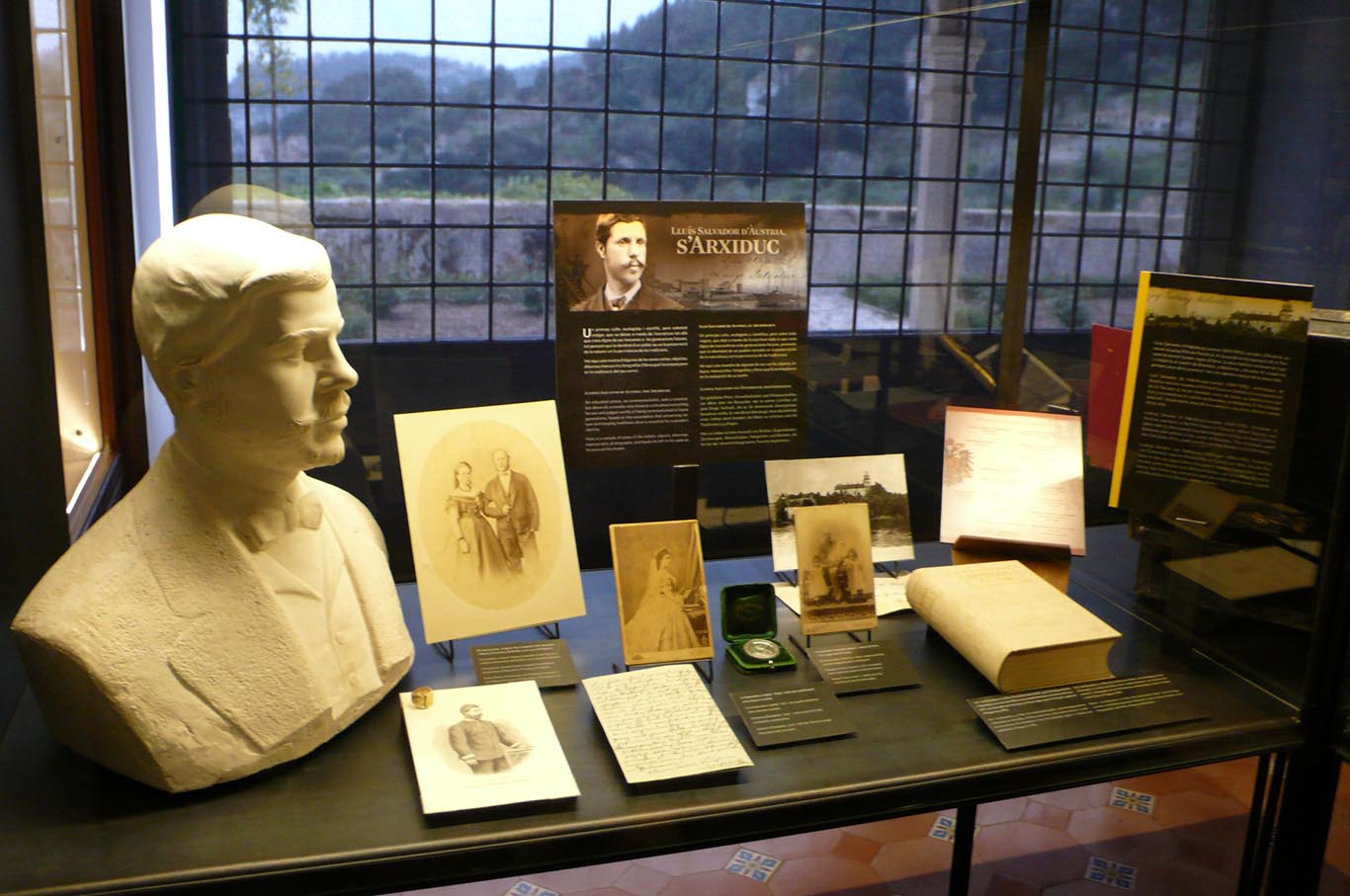
Municipal Museum
The Municipal Musem of Valldemossa consists of four sections: the old Guasp printing press with authentic seventeenth century printing plates and a collection of 1590 woodblocks for printing from the sixteenth to the nineteenth centuries; the hall dedicated to Archduke Ludwig Salvador of Austria; Art Gallery of the Serra de Tramuntana with works by artists who were inspired in this part of the island.
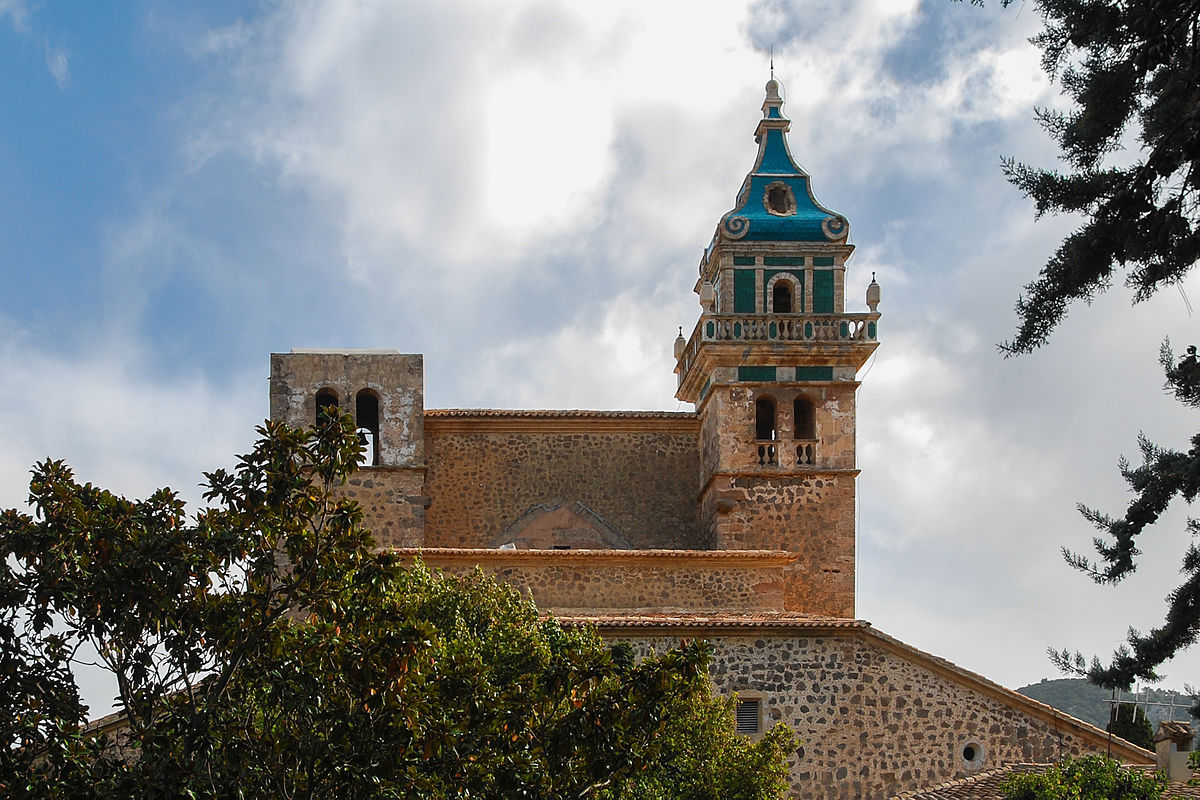
The Church
It has a Latin cross floorplan, barrel vault roof and dome over the transept. Following the artistic canons of its day, it’s neoclassical in style with a predominance of white and gold, giving the church an almost lively air. Several artists were involved in decorating the building. The Catalan sculptor Adrià Ferran created the Descent from the Cross on the main altarpiece, showing the inert body of Jesus in the arms of his mother, accompanied by some angels and crowned with the image of Saint Catalina Thomas, a native of Valldemossa who had close links with the Carthusian monks. Both…

The Concerts Hall
For several decades now the Carthusian monastery has offered visitors a piano concert when they come to the monastery. This recital lasts approximately 15 minutes, performing several of the compositions by the acclaimed musician Frédéric Chopin. The pianist, Carlos Bonnín, delights visitors with his skilful piano playing. This leading musician and composer offers several performances a day inside the Palace of King Sancho. Among the illustrious visitors that have enjoyed this recital are the Queen of Spain Doña Sofía, three Prime Ministers from China and the Environment Ministers of the European Union, among many other authorities of a national and…
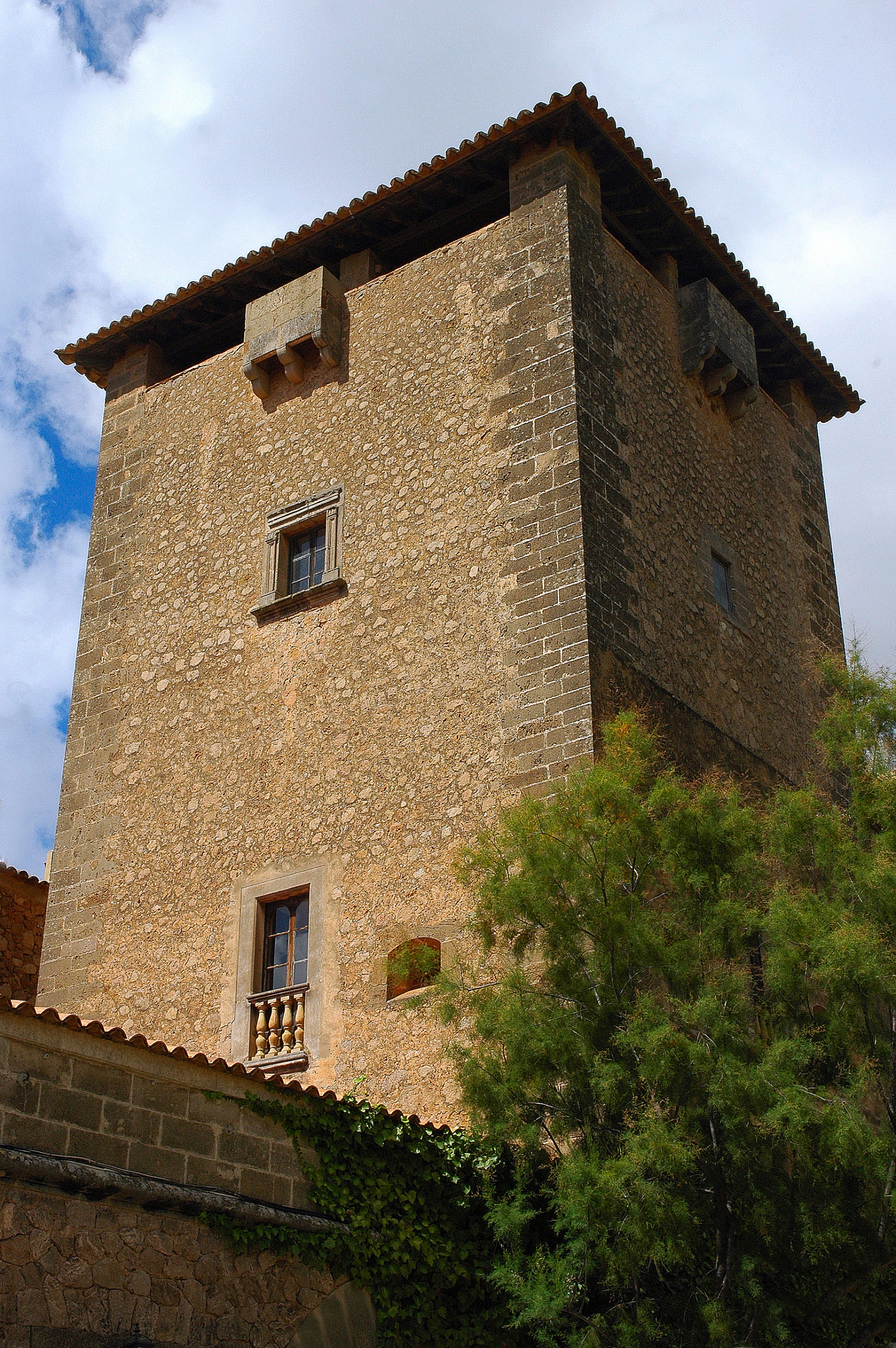
Tribute Tower
In 1553 Valldemossa suffered an attack by Barbary pirates. The Carthusians built this tower next to the entrance of the Monastery to protect themselves. Finished in 1563, it follows the models of the time in its exterior configuration with machicolations, in its Renaissance window and in the spiral staircase. The sgraffiti on its walls, drawn in the 18th century, tell the story of the monastery and include the figure of a soldier with the inscription CARTUXA. Among other functions in addition to defense, it stands out having served as a prison for the enlightened Gaspar M. de Jovellanos who decided to join the routine of …
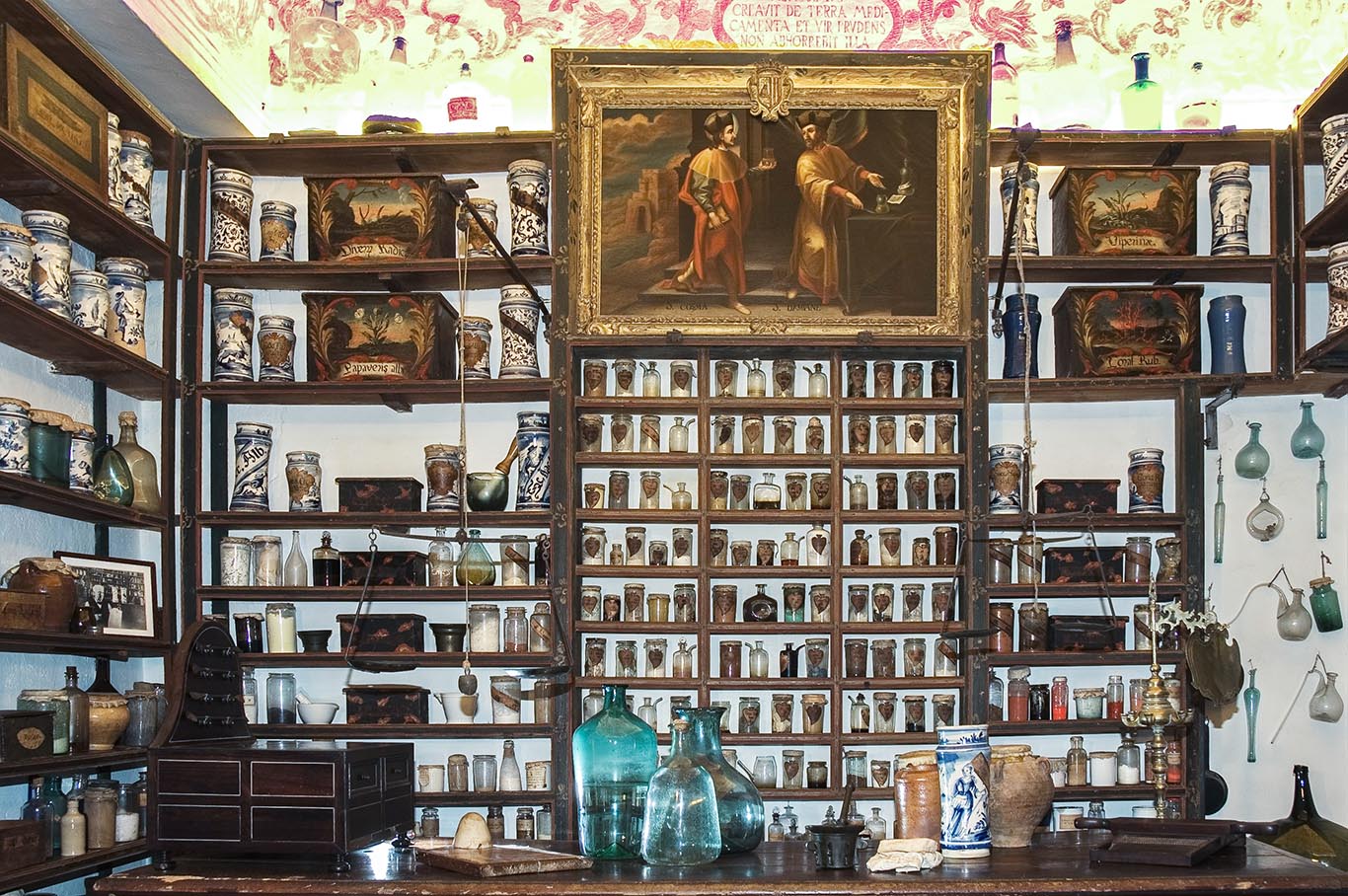
Monastic pharmacy
This apothecary is one of the oldest in Majorca and one of the best preserved in Europe. It was founded by the Carthusians between 1723 and 1725 and remained active until 1895. This apothecary was like a chemis shop but not only for the religious community. After 1835, after the seizure of the monastery, the apothecary began extending its services to the community at large. You can imagine here for a moment George Sand buying medicine for Chopin, who had tuberculosis, or for his fifteen-year-old son, Maurice, who was also sick. The apothecary has accountrements typical chemist shops of earlier…
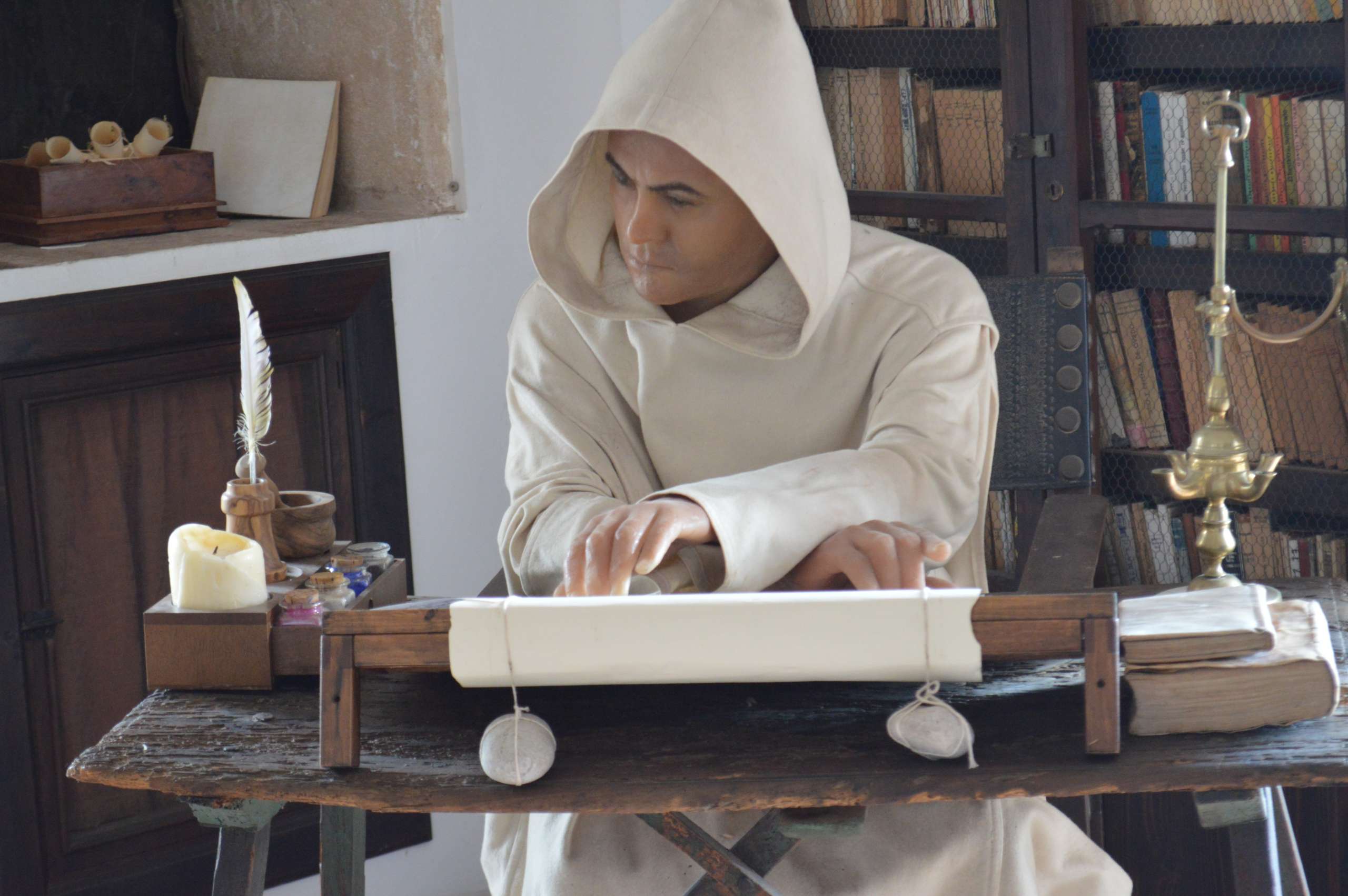
Jovellanos Space
The guest tower, built in 1555, had a cell inside for the religious who came to the monastery and had to reside there temporarily: priors from other peninsular charterhouses, visitors who controlled compliance with the rules, artist monks... The character The best known person who inhabited it was Gaspar Melchor de Jovellanos, Minister of Justice of Carlos IV, exiled in the Cartuja between 1801 and 1802 for his enlightened ideas. He was treated by the monks as a guest and, in gratitude, he lived as one of their own and enriched the library and the church. Different in its architecture and more…

Rubén Darío
The former cells of the Carthusian monks were converted into comfortable rooms at the end of the 19th century. The owner Juan Sureda and his wife, the painter Pilar Montaner, housed writers and artists such as Unamuno, Azorín, Russinyol, Mir or Eugeni d'Ors. But the most remembered was the poet Rubén Darío, who visited the mansion in 1907 and stayed there during the winter of 1913. The place freed him from the obligations of fame and lightened the depression he was suffering from, years before he died. Here he wrote poetry and the novel El oro de Mallorca...
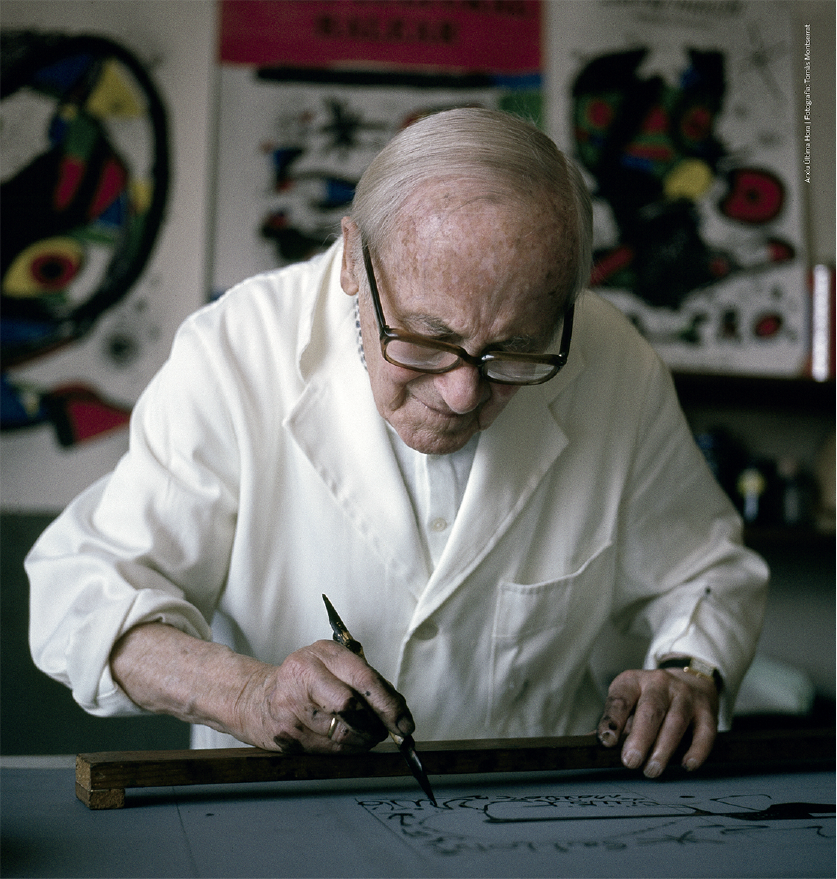
Joan Miro Collection
Joan Miró’s important work in the field of poster design should not only be seen as a rebellious response to the political, social and cultural circumstances of the time, but also as a reflection of his inherent sense of responsibility to society.” (1) ...


